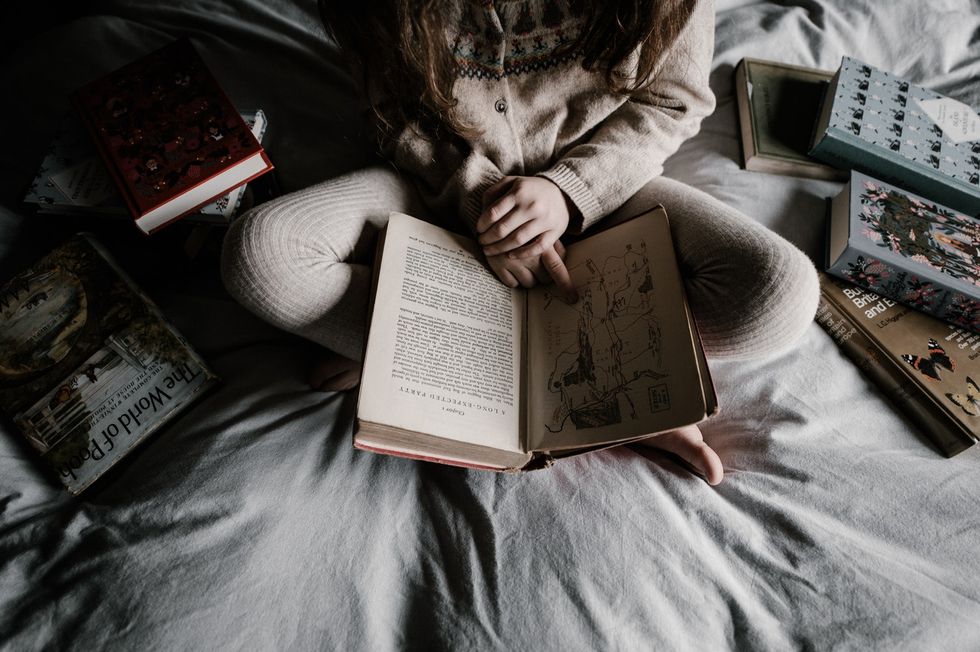From a young age I have always loved to read. Beyond that I also had a great appreciation for literature and everything that comes along with it. Yellowed library books that have that smell. Used bookstores. Dog-eared pages. The cushy chairs in Barnes and Noble. Hard covers. In recent years I’ve even found myself interested in the copyright information on the second or third page.
This past semester I had the opportunity to take a class on Children’s Literature. While saying that it changed my life may be a bit of a stretch, I was able to revisit and discover so many of the stories that I and most of the people in the modern era grew up with. These works, from Brothers Grimm to C.S. Lewis, were integral to millions of kids’ upbringings and formative to who they are today as adults. It made me think about what an impact these stories can have on people and how different they can be in the hands of a child and those of an analytical college English major.
The class made me look at literature in a different light. Not only could books be used as entertainment or a way to enrich yourself but also as a way to teach, to let grow, to instruct and to water so that children could blossom. Literature can be used to teach kids the complexities of the world that parents could never put into words. It teaches them about hardship, about imagination, about class, race, religion, and everything else under the sun that our world has to offer us. Books unlock this for not only children but for everyone who deigns to takes the time to open them.
Two of the books we covered in class that I want to talk about are one that I loved as a child and one that I had never read before.
“The Wonderful Wizard of Oz” is a book, a movie, and a franchise that I was obsessed with when I was young. I took the course hoping we’d get to read it and upon doing so I found myself enraptured by how the book had changed in the decade or so since I had last read it.
Now it wasn't just a simple story about a girl who kills a witch with her house and clicks her heels and befriends a lion and a scarecrow and a tin woodman but it had taken on so much meaning now that I could look at it through the eyes of an adult. Concepts of “home,” desire, class, and politics jumped off the page at me now that I was old enough to chew on them.
We also read a couple of “The Chronicles of Narnia” books, which I was never exposed to as a kid besides the movies. The installment that I found especially wonderful was “The Voyage of the Dawn Treader,” a travel narrative that follows the ship the Dawn Treader and its passengers from island to island in search of the end of the earth, the home of the great lion Aslan.
Even though I didn't have emotional ties to this book that many people have with children’s books from their past, I found myself in absolute awe by the interesting sequences of events on each of the individual island they land on and the beautiful writing, especially towards the end of the novel. I don’t think I’ll ever be able to forget the mental images Lewis conjured with the light and the water as the travelers neared Aslan’s country.
This class made me view literature in a completely new way. It made me look at children’s stories as being made for adults to read and enjoy as well, sometimes probably even more so than the kids reading them. You can read these stories as a child and go back to it years later and see something completely different, or visit them for the first time as an adult and have an experience you wouldn't if you’d read it years before.
The power of literature really becomes evident when Children’s Literature is taken into consideration. Stories have the power to mold us, to help us grow, to let us move on. To teach. To inspire. And each of these stories has a different impact on whomever chooses to read them and what they choose to do with it.





















